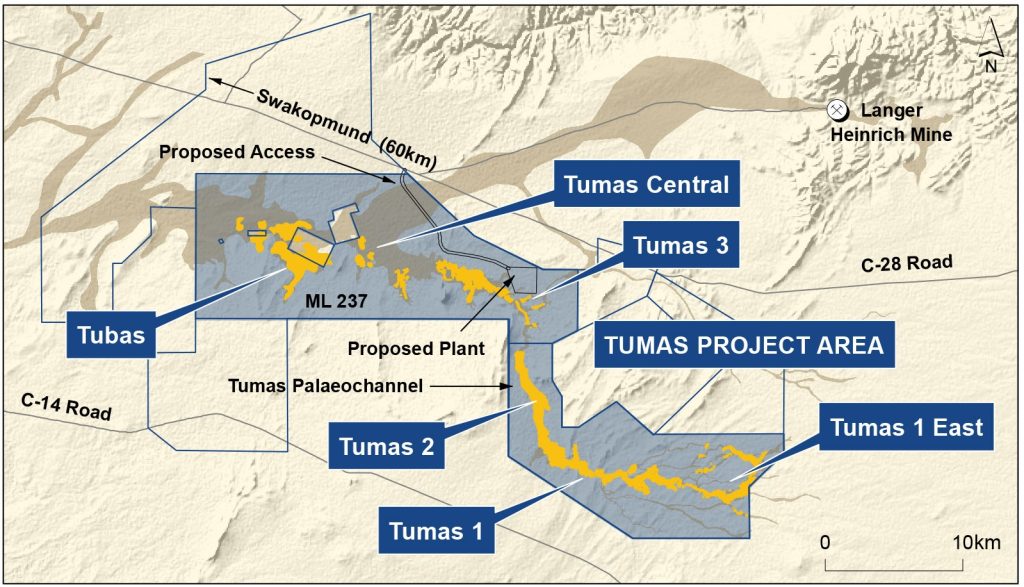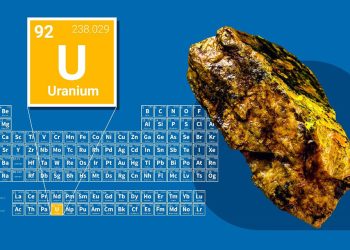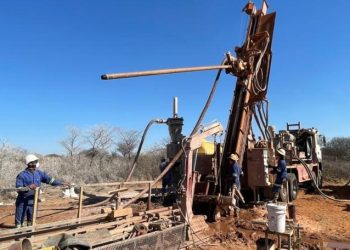
Deep Yellow Limited has submitted the final technical documentation for its Tumas Uranium Project in Namibia to independent experts for due diligence, in a move aimed at paving the way for financing of the multi-million-dollar development.
According to Andrew Mirco, Deep Yellow’s Head of Development, the submission follows the completion of a revised Definitive Feasibility Study (DFS) earlier this year.
“Now that the DFS is complete, we’ve been able to provide the final set of information packages to the independent technical expert.They will supply the due diligence report in the very near future, which will enable us to go to market very soon as well,” Mirco said.
The updated DFS outlines annual production of 3.6 million pounds of uranium over a 30-year mine life.
The project is expected to yield strong returns, with a post-tax Net Present Value (NPV) of US$ 577 million, an Internal Rate of Return (IRR) of 19%, and an initial capital cost of USD 474 million.
“At the Tumas project earlier in April this year, we completed the revised DFS,” Mirco said.
“The target is to be producing 3.6 million pounds per annum over a 30-year life of mine.”
While a Final Investment Decision (FID) is yet to be made, Mirco noted that progress on early-stage development continues, with detailed engineering work underway.
Construction has also begun on key infrastructure, including water pipelines, power lines, road access and camp facilities. Procurement for major packages is reportedly 92% complete.
Located in the Erongo region, Tumas is Deep Yellow’s flagship project and forms the foundation of its plan to become a major uranium producer.
“The Omahola project in Namibia has a development strategy to get us producing over 10 million pounds of uranium per annum within the next decade,” Mirco said.
“We plan on doing this by sequentially developing the Tumas project, then the Mular Rock project, and then the next project, whether organic or inorganic.”
Deep Yellow is positioning itself to deliver on a long-term production strategy centred around its Namibian assets, in anticipation of improving market conditions and growing demand for nuclear energy.







